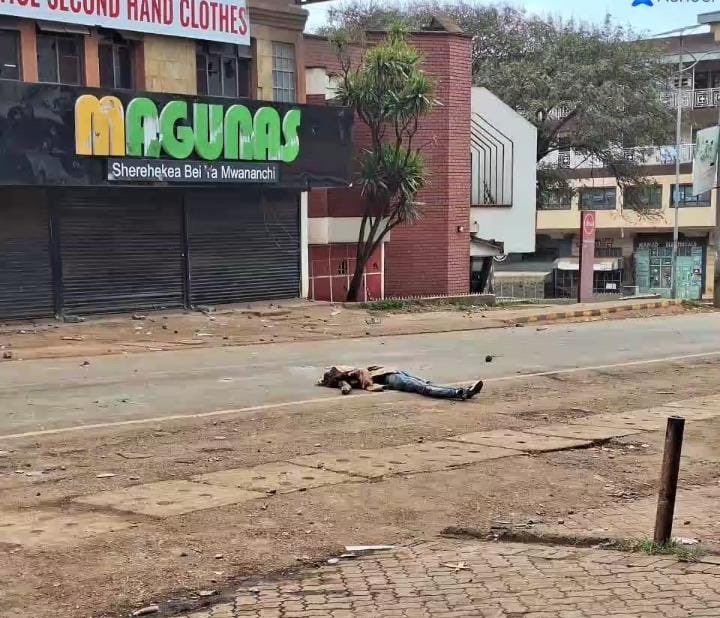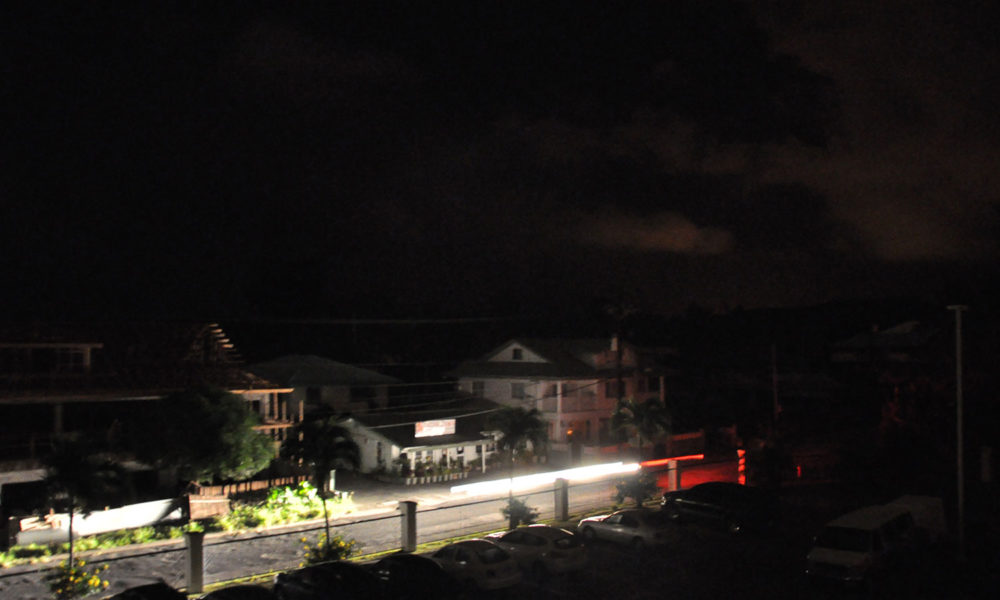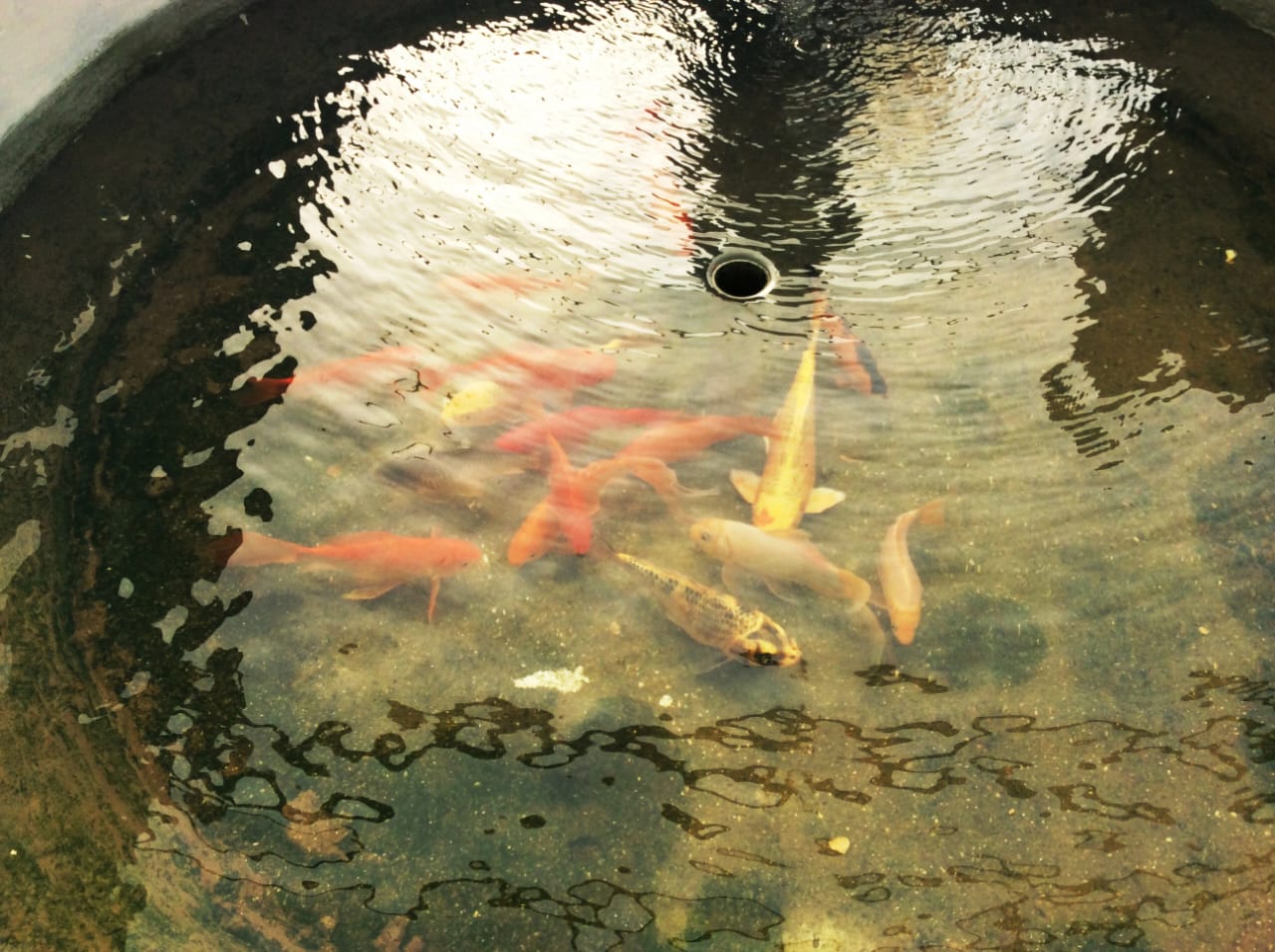By Our Correspondent
On the 35th anniversary of the historic Saba Saba protests, a day meant to honour the fight for democracy, the nation witnessed a grim reality: five lives lost, countless others shattered, and a deepening wound in the fabric of our society. The cries for justice, good governance, and an end to corruption were met with tear gas, batons, and, most harrowingly, live bullets.
Yesterday, as young Kenyans, many from Generation Z, took to the streets to commemorate the 1990 Saba Saba uprising, their calls for accountability were drowned out by the crack of gunfire. In Kangemi, Nairobi, two protesters fell, their dreams of a better Kenya snuffed out in an instant. In Kitengela, Kajiado County, another life was claimed, a young soul caught in the chaos of clashing wills.
In Ol Kalou, Nyandarua County, a protester was gunned down at Tumaini Market, while another clings to life in intensive care, a bullet wound a cruel reminder of the cost of dissent. In Kiritiri, Embu County, yet another name was added to the growing list of martyrs.
The spark for this unrest lies not only in the historical weight of Saba Saba but in the raw, unhealed wounds of today. The death of blogger Albert Ojwang in police custody in June 2025, coupled with the memory of 19 lives lost during protests that same month, has ignited a fire in the hearts of Kenya’s youth. They demand an end to police brutality, an end to corruption, and an end to an economic system that suffocates the aspirations of millions.
Yet the response from authorities has been one of unrelenting force. Eyewitnesses in Nairobi described scenes of horror: they saw a man lying motionless, blood pooling beneath him, as police fired on advancing crowds. In Kitengela and Ol Kalou, stone-throwing protesters were met with lethal force, their defiance answered with death.
The government’s heavy-handed tactics have only deepened the divide. Roads in Nairobi, Waiyaki Way, Kenyatta Avenue, and Thika Road, were sealed off, transforming the capital into a fortress. Allegations swirl that “goons” were hired to infiltrate protests, sowing chaos to discredit a movement born of genuine grievance.
The Kenya National Commission on Human Rights, already burdened with documenting 19 deaths from June’s protests, now faces the grim task of tallying yesterday’s losses. Each name, each story, is a dagger to the heart of a nation that dares to dream of better days.
The tragedy of Saba Saba 2025 lies not merely in the lives lost, but in the chilling message it sends: that the price of speaking out may be paid in blood. As tear gas lingers in the air and families mourn their fallen, Kenya stands at a crossroads. Will we heed the cries of our youth, or will we allow the echoes of gunfire to define our future?





